Support truly
independent journalism
Support Now
Our mission is to deliver unbiased, fact-based reporting that holds power to account and exposes the truth.
Whether $5 or $50, every contribution counts.
Support us to deliver journalism without an agenda.

Louise Thomas
Editor
The high-street fashion brand, Ted Baker, has announced that its remaining 31 stores in the UK are to close this week, putting more than 500 jobs at risk.
Founded in Glasgow by London-born entrepreneur, Ray Kelvin, the brand started off as a men’s clothing label styled on Kelvin’s self-named alter ego, based on an “intrepid aviator, an all-round sportsman and the consort of princesses and Hollywood beauties.”
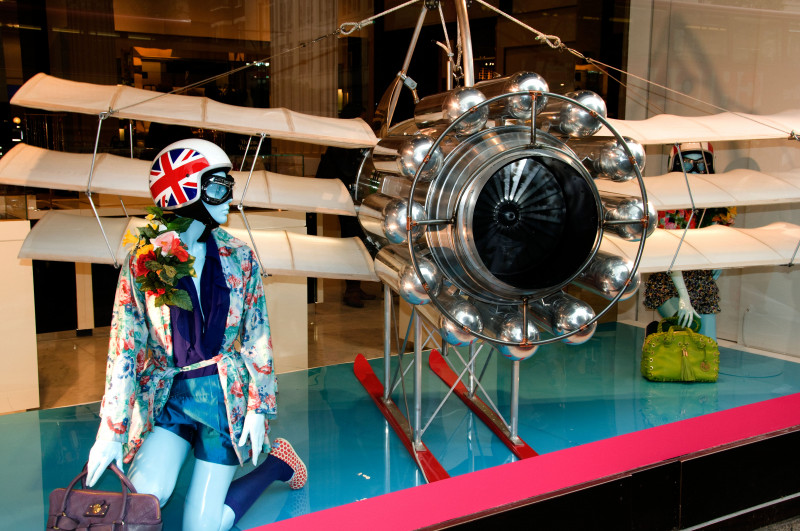
The brand shot to mainstream popularity almost immediately, but in 2019, cracks began to show. Combined with the atrocities of the pandemic, 2022 saw the beginning of the end for the label, and in March 2024, Ted Baker’s UK branches entered administration.
We take a look back at the rapid rise and fall of the once beloved British label: how it began and where it all went wrong.
The rise
Established in March of 1988, Ted Baker quickly achieved mainstream acclaim, becoming synonymous with the newly developed concept of ‘smart casual’. Its floral prints and quirky advertisements were a bold take on modernising classic British fashion. It prided itself on being a more exuberant option for young professionals.

The brand was an immediate hit and rapidly expanded, opening shops in Manchester, Nottingham and Covent Garden, London, by 1990.
With the popularity of their menswear, Ted Baker launched its women’s line in 1995, comprising of A-line dresses, floral skirts and bright tailored trousers. The brand kept its finger on the pulse, launching a website in 1998, which helped grow it’s consumer presence and brand recognition.

With its meteoric success, the brand saw no territory off limits. In 2014, Ted Baker launched luggage, home fragrance and audio, alongside its established jewellery collection which debuted in 2007.
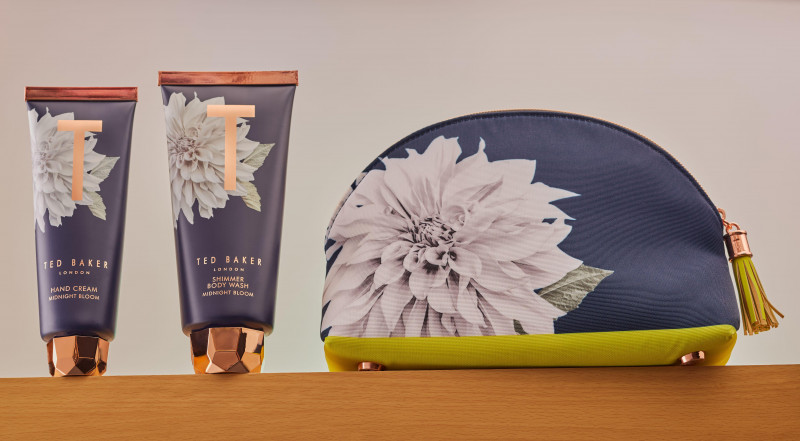
The brand reached international acclaim and stores were soon popping up all over the world, including a much-coveted spot on Fifth Avenue, New York in August 2012.
By 2018, Ted Baker had 500 stores and concessions worldwide across Europe, the Middle East, Africa, Asia, Australia and the US.
When things started to go wrong
In December of 2018, allegations against Ted Baker’s founder and CEO emerged from past employees accusing Kelvin of ‘forced hugging’. This led to a domino effect. In 2019, the company announced Kelvin’s resignation, whilst simultaneously issuing a profit warning after writing off £5m of unsold clothing.
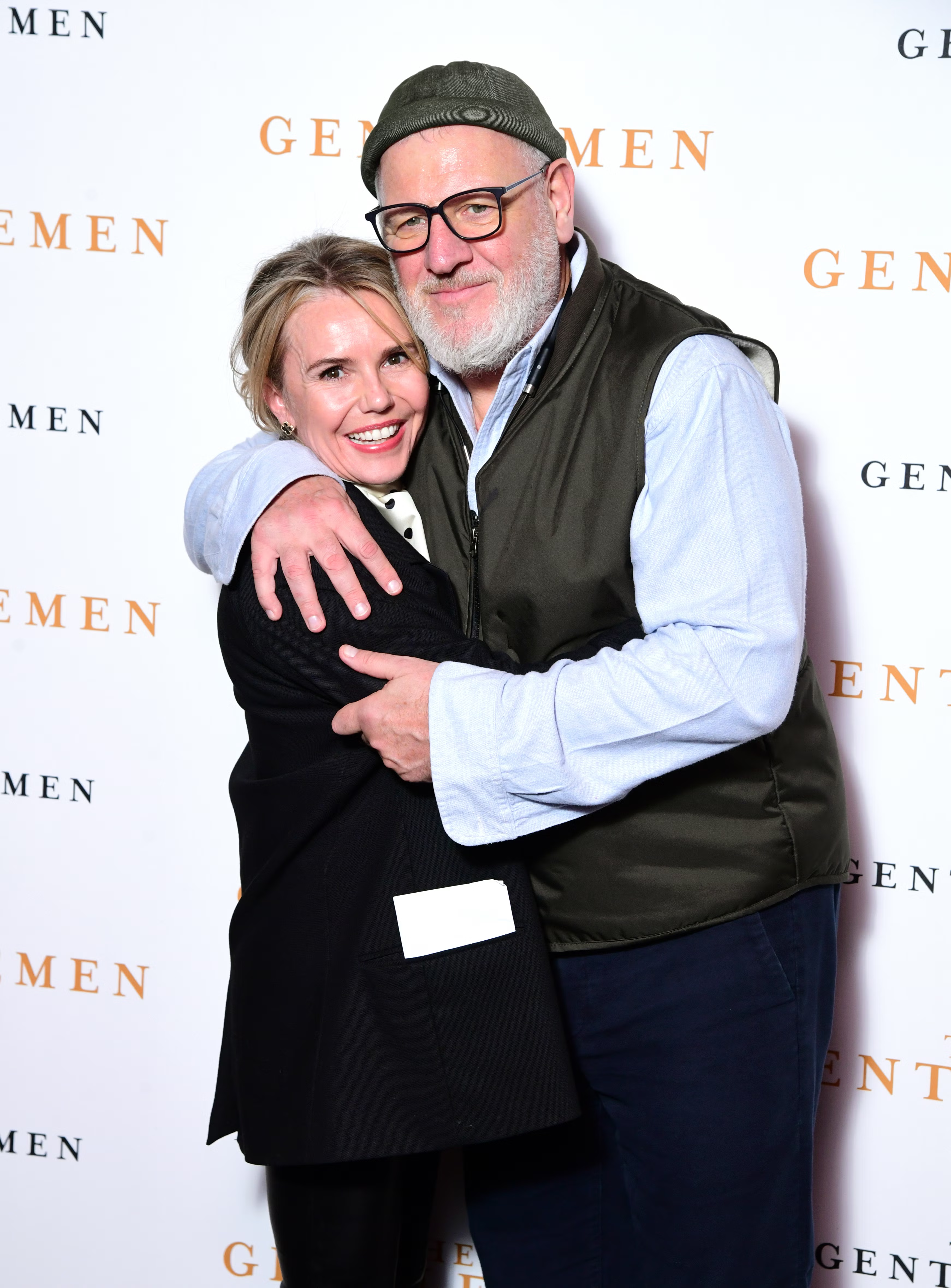
“A communications strategy would have been critical in 2019, when Ray Kelvin departed due to misconduct allegations,” says Roger Hutton, partner at national law firm, Clarion. “This triggered a flurry of changes within the leadership team.” These internal issues had a profound impact on the disparate way the brand was managed both creatively and commercially.
Critics in The Guardian attributed the company’s low figures to “high prices and out-of-step styling”, noting that the brand had been overtaken by new online competitors. Some believed the brand’s creative thinking had become stagnant, as Nick Drewe, retail expert and founder of Wethrift notes, “Failure to modernise designs in line with contemporary trends undoubtedly contributed to the undoing of the brand, leading to significant losses.”
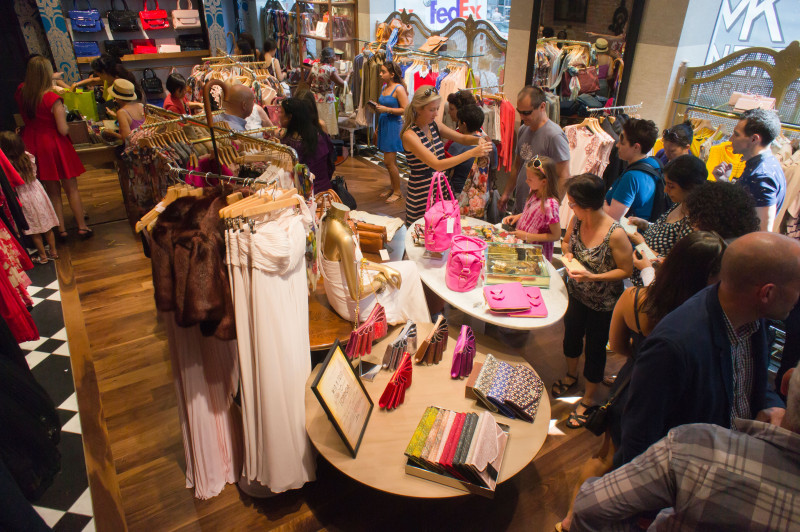
The end
After furloughing nearly 2,000 employees – around 75% of their workforce – during the COVID-19 pandemic, Ted Baker was severely on the rocks. By March 2024, the number of UK stores had fallen from 192 in 2018, to 86.
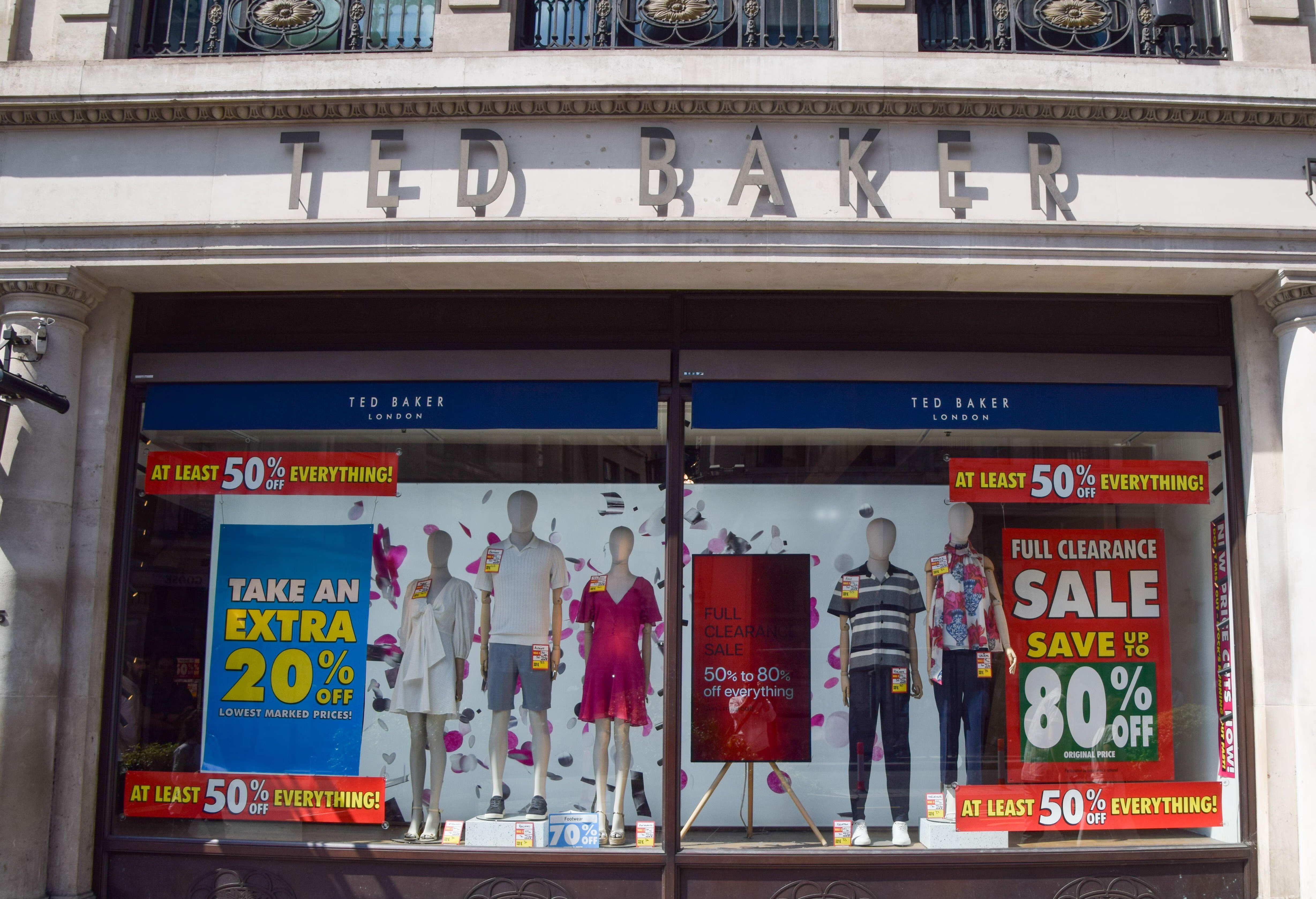
On August 18 this year, it was announced that the remaining UK stores would close. “While brands such as Ted Baker would have once been readily available in department stores like Debenhams,” says Hutton, “this revenue stream has decreased significantly, meaning the brand must rely on its own bricks and mortar stores and e-commerce channels.”
While there were several factors at play, cost inflation, the brand’s static style and a shift in consumer spending were major influences in Ted Baker’s decline.
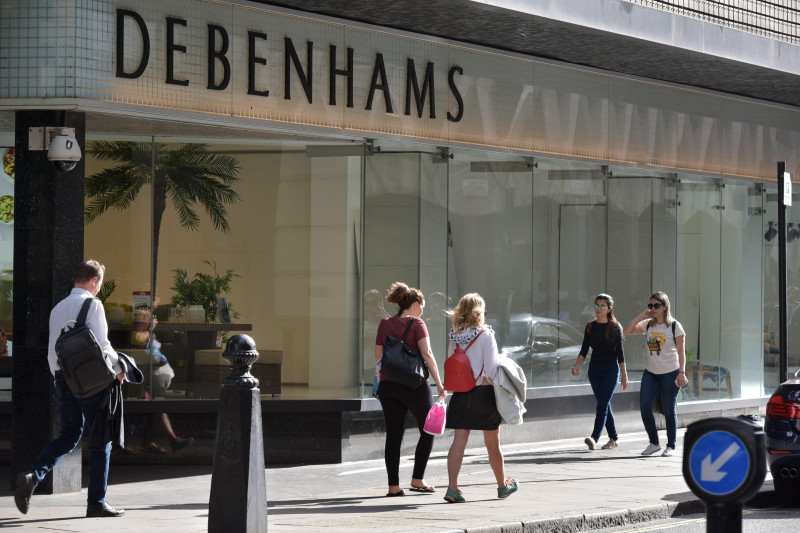
“It has certainly been a challenging period for premium fashion brands in the UK, and the situation is not looking likely to improve anytime soon as brands struggle to compete with a reduction in consumer spending,” says Drewe. “Unfortunately, I doubt it will be too long before we see more retailers in the space experience the same fate as Ted Baker.”
Disclaimer: The copyright of this article belongs to the original author. Reposting this article is solely for the purpose of information dissemination and does not constitute any investment advice. If there is any infringement, please contact us immediately. We will make corrections or deletions as necessary. Thank you.



